
LOADING ...
In response to evolving domestic opinion, eMedals Inc has made the conscious decision to remove the presentation of German Third Reich historical artifacts from our online catalogue. For three decades, eMedals Inc has made an effort to preserve history in all its forms. As historians and researchers, we have managed sensitive articles and materials with the greatest of care and respect for their past and present social context. We acknowledge the growing sentiments put forth by the Canadian public and have taken proactive actions to address this opinion.
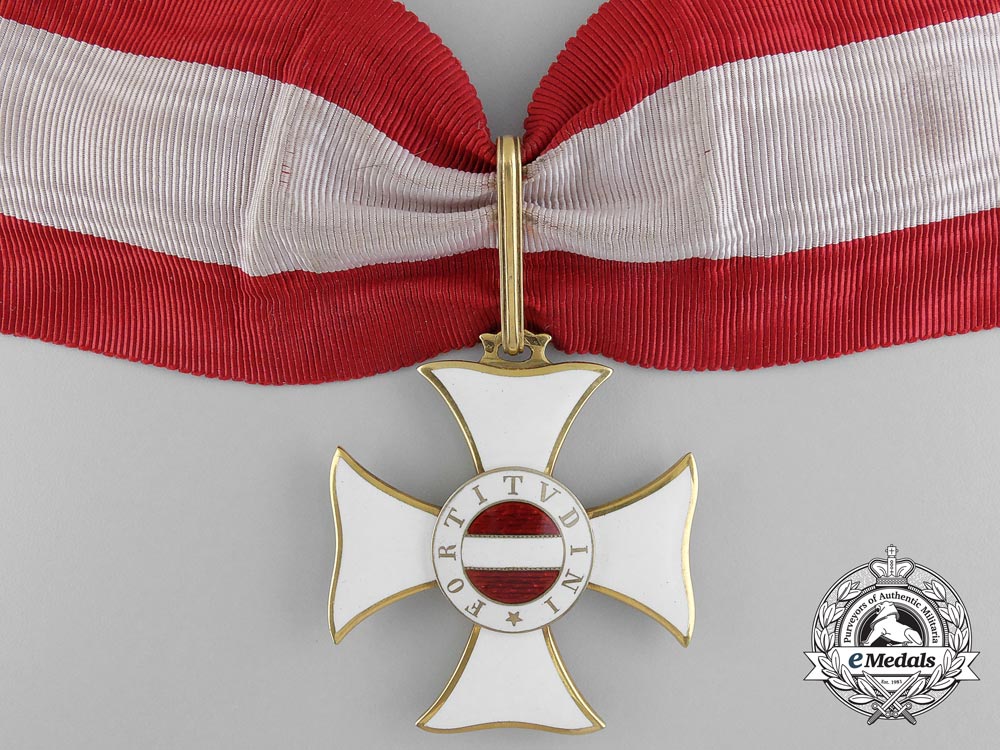
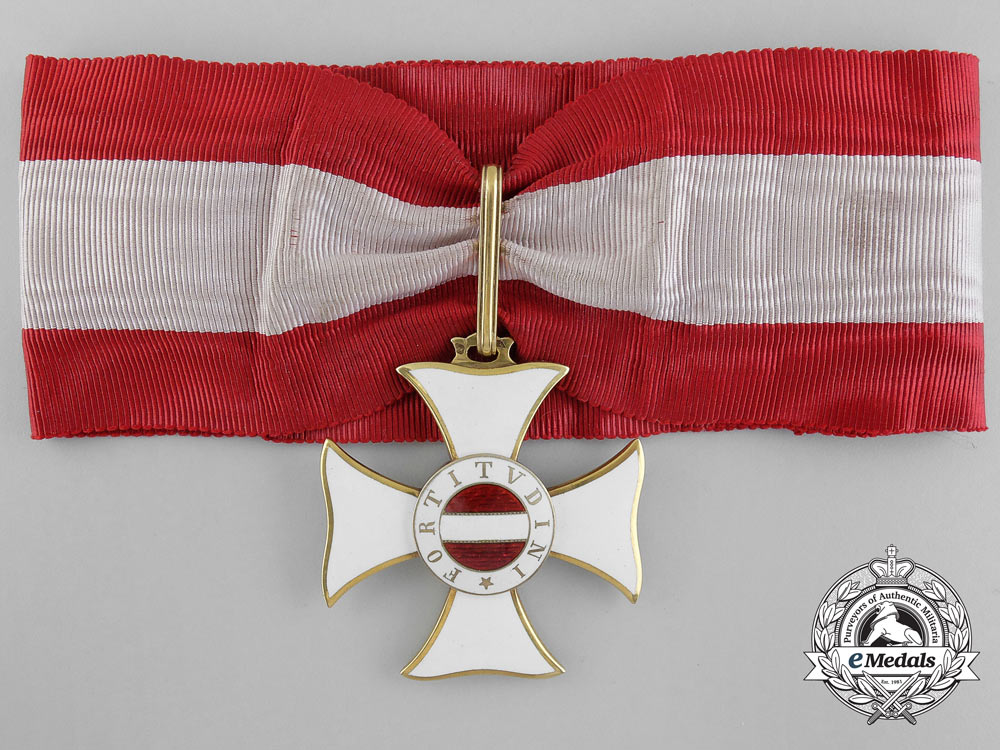
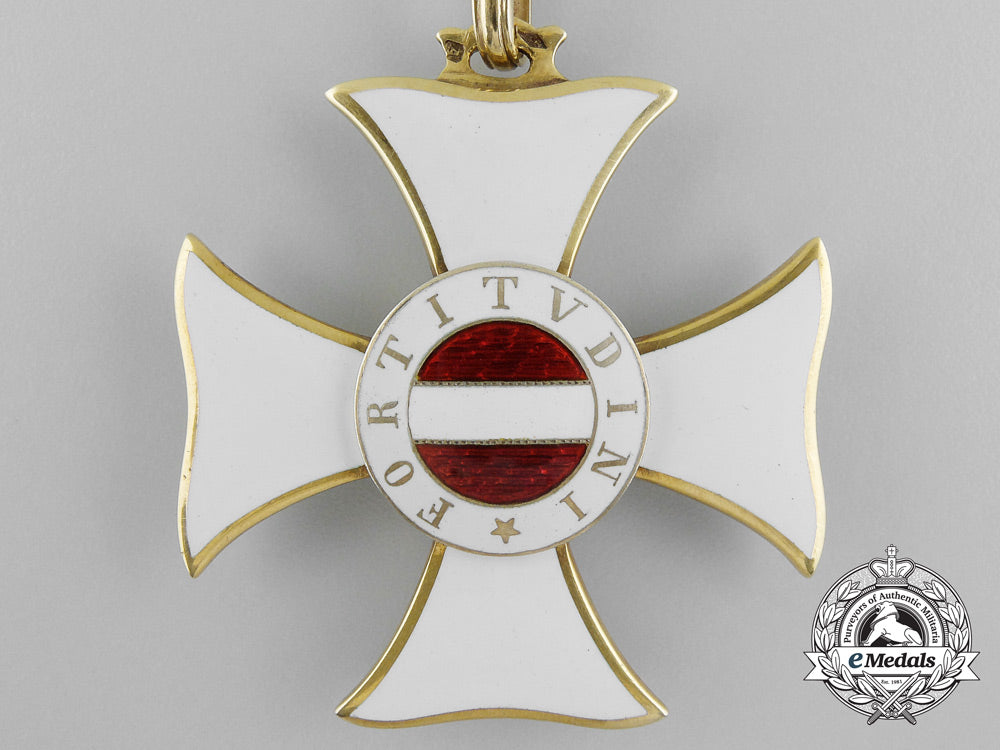

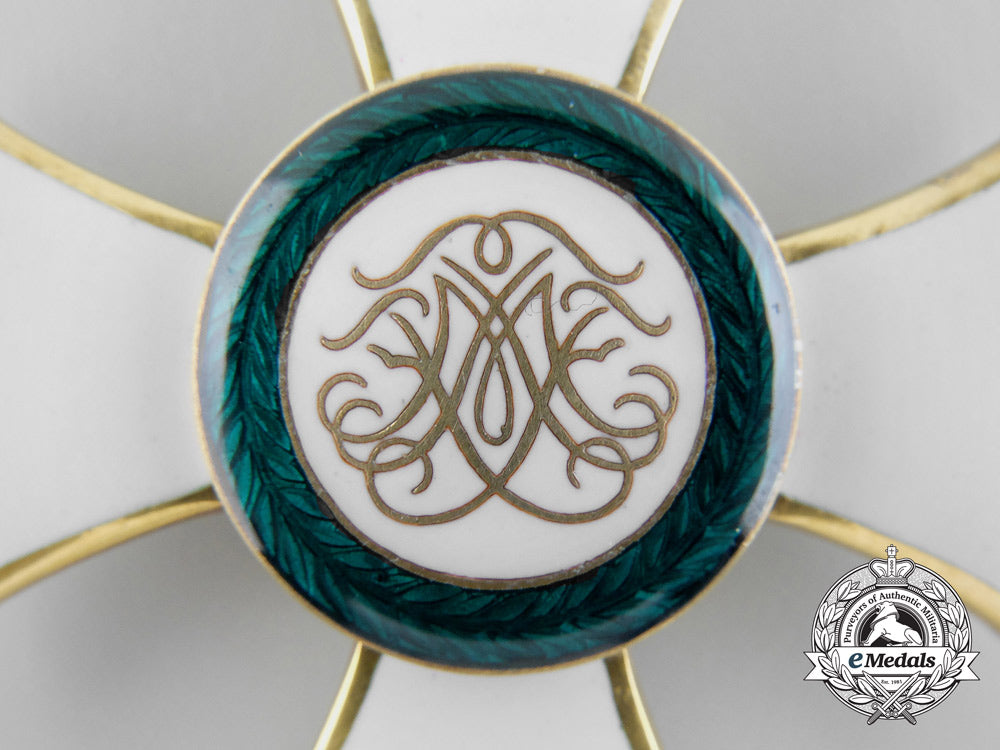
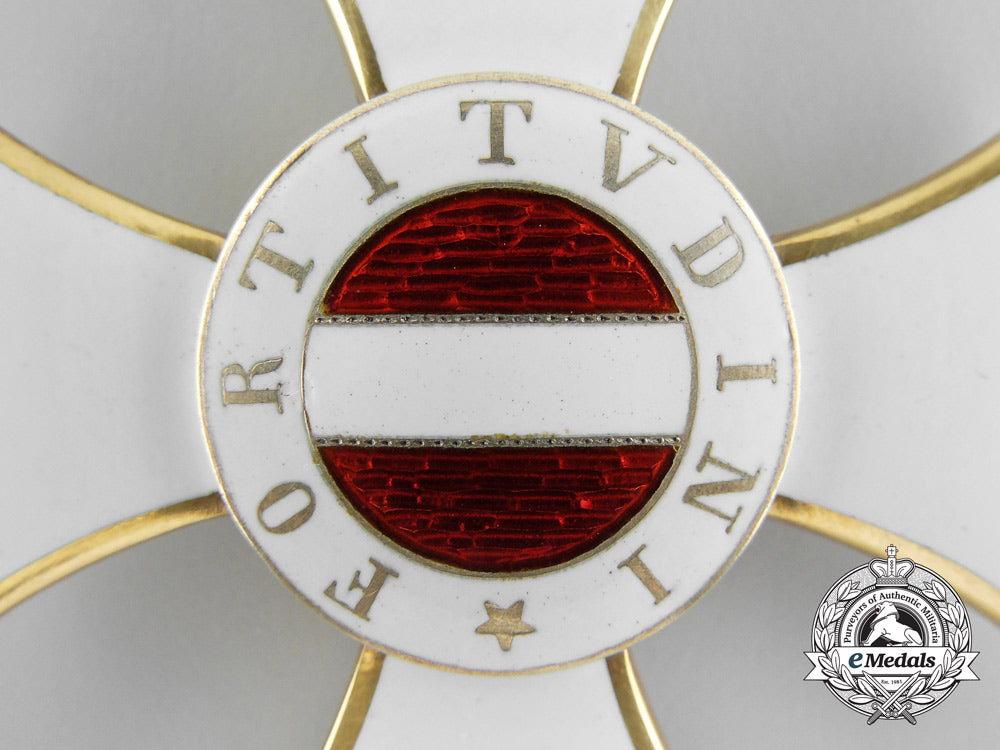

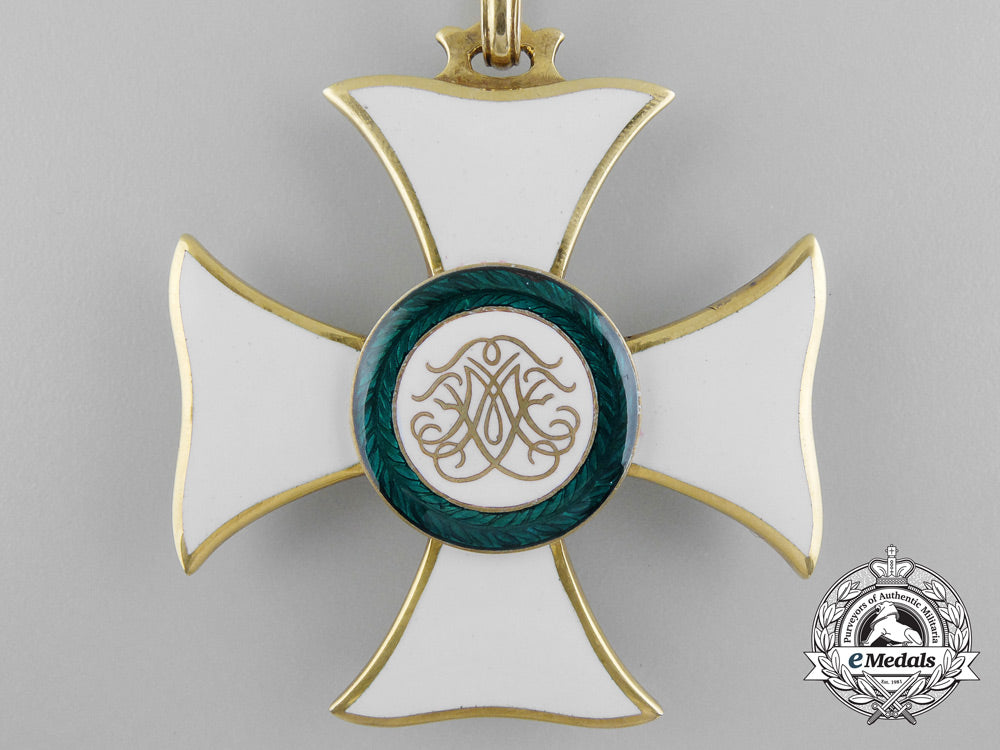
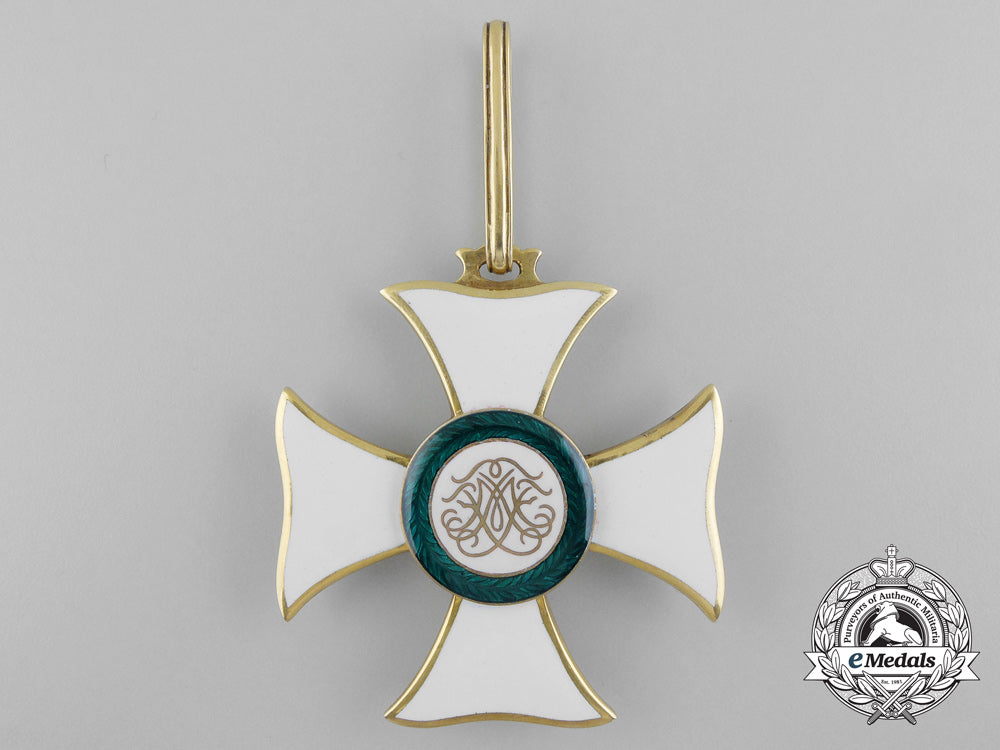
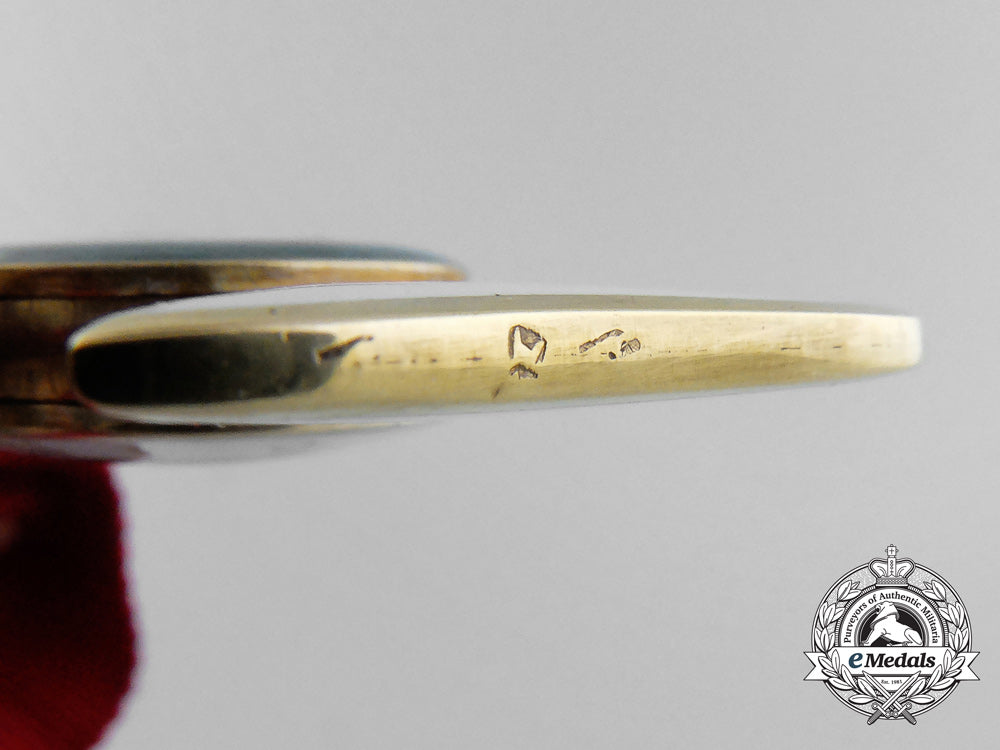
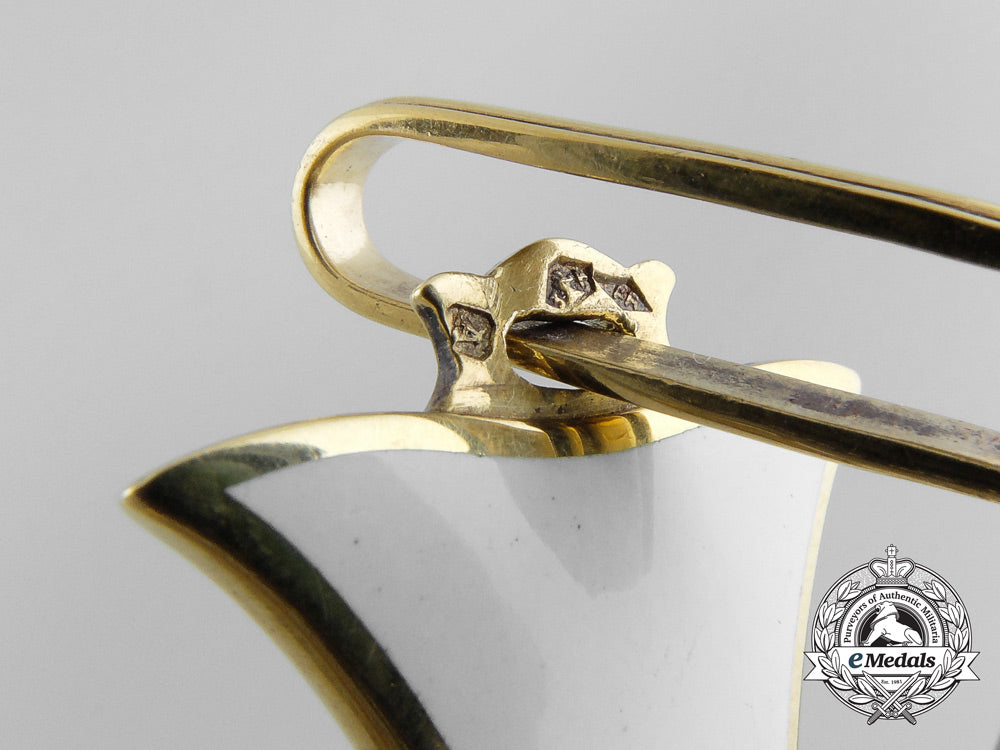


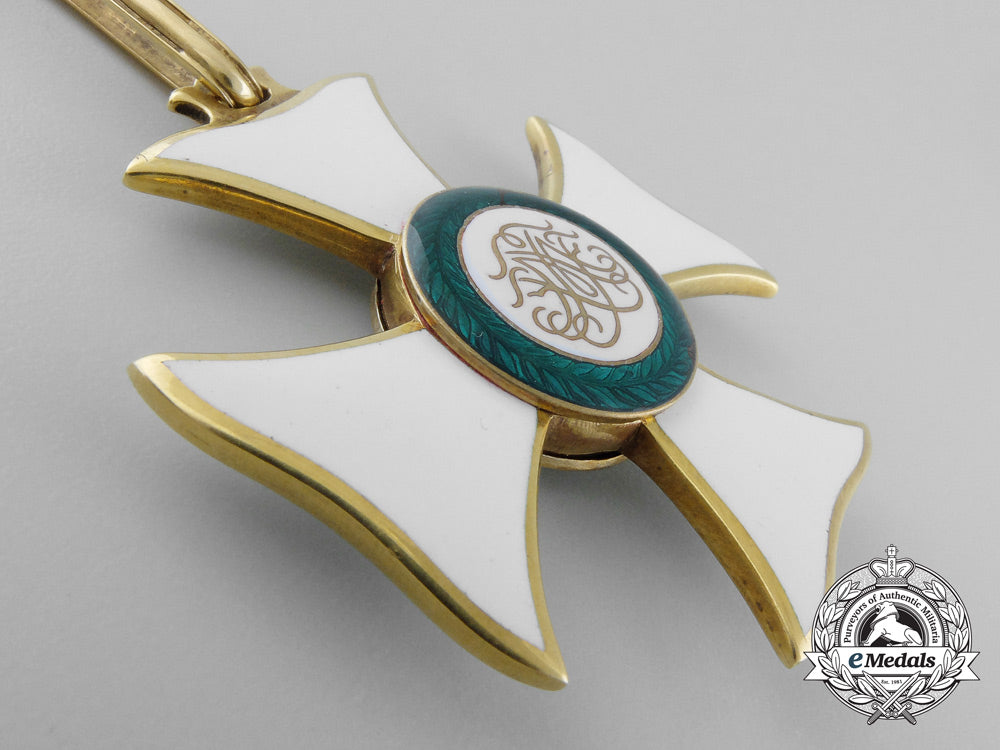
The Order Of Maria Theresia To Field Marschall Archduke Joseph August For The Isonzo Battles Of The First War
The Order Of Maria Theresia To Field Marschall Archduke Joseph August For The Isonzo Battles Of The First War
SKU: ITEM: EU11261
Current Bid:
Your Max Bid:
Bid History:
Time Remaining:
Couldn't load pickup availability
Shipping Details
Shipping Details
eMedals offers rapid domestic and international shipping. Orders received prior to 12:00pm (EST) will be shipped on the same business day.* Orders placed on Canadian Federal holidays will be dispatched the subsequent business day. Courier tracking numbers are provided for all shipments. All items purchased from eMedals can be returned for a full monetary refund or merchandise credit, providing the criteria presented in our Terms & Conditions are met. *Please note that the addition of a COA may impact dispatch time.
Shipping Details
eMedals offers rapid domestic and international shipping. Orders received prior to 12:00pm (EST) will be shipped on the same business day.* Orders placed on Canadian Federal holidays will be dispatched the subsequent business day. Courier tracking numbers are provided for all shipments. All items purchased from eMedals can be returned for a full monetary refund or merchandise credit, providing the criteria presented in our Terms & Conditions are met. *Please note that the addition of a COA may impact dispatch time.
Description
Description
(1914 -18) Finely produced by Friedrich Rothe in 18ct gold, weighing with ribbon 44.10 grams, measuring 43.92 mm (width) x 43.77 mm (height); hallmarked "A" and "FR" for the Austrian court jeweller Friedrich Rothe, with 18ct gold hallmarked; with long original neck ribbon, near mint. A very rare award that comes from the estate of Fieldmarschall Archduke Joseph, who was decorated with this Commander's cross of the order for his bravery in the 2,3, and 4th Isonzo Battles during the First World War. This award is accompanied by 3 certificates of authenticity from Hermann Dikowitsch. Footnote: Archduke Joseph August Viktor Klemens Maria of Austria, Prince of Hungary and Bohemia (August 9, 1872 - July 6, 1962) was for a short period, head of the state of Hungary. He was a member of the House of Habsburg-Lorraine, the eldest son of Archduke Joseph Karl of Austria (1833 - 1905) and his wife Princess Clotilde of Saxe-Coburg-Gotha (1846 - 1927). Joseph August's grandfather had been Palatine Joseph of Hungary (1776 - 1847), Palatine and Viceroy of Hungary, a younger son of Emperor Leopold II. The Archduke Joseph Diamond, a 76.02 carat colour-less diamond with internal flawless clarity, is named after the Archduke and officially recorded as his property. He was born at Alcsút, Hungary on August 9, 1872. He married Princess Augusta Maria Louise of Bavaria (1875 - 1964), daughter of Prince Leopold of Bavaria (1846 - 1930) and his wife Archduchess Gisela of Austria (1856 - 1932), on November 15, 1893 in Munich, Germany. Archduke Joseph August became thus from 1893 "grandson-in-law" to Emperor Francis Joseph. His wife's mother, Archduchess Gisela, was the eldest surviving daughter of Austrian Emperor Francis Joseph and Empress Elisabeth ("Sisi"). The young couple's children, were born in their great-grandfather's lifetime. The couple had six children: Archduke Joseph Francis of Austria (1895 - 1957), Gisela Auguste (1897 - 1901), Sophie Klementine (1899 - 1978), Ladislaus Luitpold (1901 - 1946), Matthias Joseph (1904 - 1905) and Magdalena Maria (1909 - 2000). Joseph August began his military career in 1890, when he was commissioned into the 1st Infantry Regiment as a Leutnant. He was soon promoted to Oberleutnant and was transferred to 72nd Infantry Regiment in 1893. He was transferred to Dragoon Regiment 6 in 1894, then transferred to the 1st Honvéd Hussars by the Kaiser and promoted to the rank of Major. He took command of this regiment in 1904 and then went on to command 79th Honvéd Infantry Brigade in 1908, finally joining the 31st Infantry Division at Budapest in 1911. August was highly decorated before the First World War broke out. Some of his awards include the Bronze Military Merit Medal, the Grand Cross of the Order of Saint Joseph, the Marian Cross, the Order of the Black Eagle, the 1st Class of the Order of the Red Eagle, the Grand Cross of the Royal Victorian Order, the Grand Cross of the Order of Charles III and the Grand Cross of the Order of Saints Cyril and Methodius. In 1914, he was involved in combat in the Galician theatre, taking command of the VII Corps and was involved in fighting in the Carpathian Mountains. After Italy came into the war, he was transferred to the Carinthian border and involved in fighting the Isonzo army. August remained on this front until the 9th Battle of the Isonzo in 1916, a period in which once again he was highly decorated. August was highly liked by his troops, especially those of Hungarian nationality. In November 1916, August was put in command of the Heeresfront fighting against Russian and Romanian forces. In January 1918, he was put in command of the 6th Army in the Southern theatre and that July, took over the South Tyrolean Army Group, which was the 10th and 11th Armies. Finally, on October 26, 1918, he was sent to the Balkan theatre to take command of the Heeresgruppe Kövess, which had lost Serbia, Albania and Montenegro by then. He became the last Field Marshal (Generalfeldmarschall) of the Austro-Hungarian Army on October 24, 1918, as an attempt by Kaiser Karl to calm Hungarian nationalists. On October 27, 1918, Emperor Karl made August the "Homo Regius" of Hungary, but August asked to be released from his oath of allegiance from the Kaiser. He then began negotiations and appointed Graf János Hadik, to build a new national government. However, the Aster Revolution broke out on October 31, 1918, deterring his plans. In November, the socialist Hungarian Democratic Republic was proclaimed, only to be replaced a few months later by the communist Hungarian Soviet Republic. The revolution was to fail, with the popular August surviving unharmed and once again becoming the head of state as "Reichsverweser" (Regent) and appointed a Prime Minister. Since the Allied forces declined to accept Archduke Joseph, a Habsburg, as Hungary's head of state, he was forced to resign on August 23, 1919. In 1920, the Archduke became the first knight of the Hungarian Order of Vitéz, and in 1927, he became a member of the newly established House of Lords. He later became an honourary member of the Hungarian Academy of Sciences and was its president from 1936 to 1944. He fled Hungary for the United States in 1944 but later returned to Germany. He died on July 6, 1962 at Rain near Straubing. His eldest son Archduke Joseph Francis of Austria had predeceased him, dying in 1957.
Description
(1914 -18) Finely produced by Friedrich Rothe in 18ct gold, weighing with ribbon 44.10 grams, measuring 43.92 mm (width) x 43.77 mm (height); hallmarked "A" and "FR" for the Austrian court jeweller Friedrich Rothe, with 18ct gold hallmarked; with long original neck ribbon, near mint. A very rare award that comes from the estate of Fieldmarschall Archduke Joseph, who was decorated with this Commander's cross of the order for his bravery in the 2,3, and 4th Isonzo Battles during the First World War. This award is accompanied by 3 certificates of authenticity from Hermann Dikowitsch. Footnote: Archduke Joseph August Viktor Klemens Maria of Austria, Prince of Hungary and Bohemia (August 9, 1872 - July 6, 1962) was for a short period, head of the state of Hungary. He was a member of the House of Habsburg-Lorraine, the eldest son of Archduke Joseph Karl of Austria (1833 - 1905) and his wife Princess Clotilde of Saxe-Coburg-Gotha (1846 - 1927). Joseph August's grandfather had been Palatine Joseph of Hungary (1776 - 1847), Palatine and Viceroy of Hungary, a younger son of Emperor Leopold II. The Archduke Joseph Diamond, a 76.02 carat colour-less diamond with internal flawless clarity, is named after the Archduke and officially recorded as his property. He was born at Alcsút, Hungary on August 9, 1872. He married Princess Augusta Maria Louise of Bavaria (1875 - 1964), daughter of Prince Leopold of Bavaria (1846 - 1930) and his wife Archduchess Gisela of Austria (1856 - 1932), on November 15, 1893 in Munich, Germany. Archduke Joseph August became thus from 1893 "grandson-in-law" to Emperor Francis Joseph. His wife's mother, Archduchess Gisela, was the eldest surviving daughter of Austrian Emperor Francis Joseph and Empress Elisabeth ("Sisi"). The young couple's children, were born in their great-grandfather's lifetime. The couple had six children: Archduke Joseph Francis of Austria (1895 - 1957), Gisela Auguste (1897 - 1901), Sophie Klementine (1899 - 1978), Ladislaus Luitpold (1901 - 1946), Matthias Joseph (1904 - 1905) and Magdalena Maria (1909 - 2000). Joseph August began his military career in 1890, when he was commissioned into the 1st Infantry Regiment as a Leutnant. He was soon promoted to Oberleutnant and was transferred to 72nd Infantry Regiment in 1893. He was transferred to Dragoon Regiment 6 in 1894, then transferred to the 1st Honvéd Hussars by the Kaiser and promoted to the rank of Major. He took command of this regiment in 1904 and then went on to command 79th Honvéd Infantry Brigade in 1908, finally joining the 31st Infantry Division at Budapest in 1911. August was highly decorated before the First World War broke out. Some of his awards include the Bronze Military Merit Medal, the Grand Cross of the Order of Saint Joseph, the Marian Cross, the Order of the Black Eagle, the 1st Class of the Order of the Red Eagle, the Grand Cross of the Royal Victorian Order, the Grand Cross of the Order of Charles III and the Grand Cross of the Order of Saints Cyril and Methodius. In 1914, he was involved in combat in the Galician theatre, taking command of the VII Corps and was involved in fighting in the Carpathian Mountains. After Italy came into the war, he was transferred to the Carinthian border and involved in fighting the Isonzo army. August remained on this front until the 9th Battle of the Isonzo in 1916, a period in which once again he was highly decorated. August was highly liked by his troops, especially those of Hungarian nationality. In November 1916, August was put in command of the Heeresfront fighting against Russian and Romanian forces. In January 1918, he was put in command of the 6th Army in the Southern theatre and that July, took over the South Tyrolean Army Group, which was the 10th and 11th Armies. Finally, on October 26, 1918, he was sent to the Balkan theatre to take command of the Heeresgruppe Kövess, which had lost Serbia, Albania and Montenegro by then. He became the last Field Marshal (Generalfeldmarschall) of the Austro-Hungarian Army on October 24, 1918, as an attempt by Kaiser Karl to calm Hungarian nationalists. On October 27, 1918, Emperor Karl made August the "Homo Regius" of Hungary, but August asked to be released from his oath of allegiance from the Kaiser. He then began negotiations and appointed Graf János Hadik, to build a new national government. However, the Aster Revolution broke out on October 31, 1918, deterring his plans. In November, the socialist Hungarian Democratic Republic was proclaimed, only to be replaced a few months later by the communist Hungarian Soviet Republic. The revolution was to fail, with the popular August surviving unharmed and once again becoming the head of state as "Reichsverweser" (Regent) and appointed a Prime Minister. Since the Allied forces declined to accept Archduke Joseph, a Habsburg, as Hungary's head of state, he was forced to resign on August 23, 1919. In 1920, the Archduke became the first knight of the Hungarian Order of Vitéz, and in 1927, he became a member of the newly established House of Lords. He later became an honourary member of the Hungarian Academy of Sciences and was its president from 1936 to 1944. He fled Hungary for the United States in 1944 but later returned to Germany. He died on July 6, 1962 at Rain near Straubing. His eldest son Archduke Joseph Francis of Austria had predeceased him, dying in 1957.













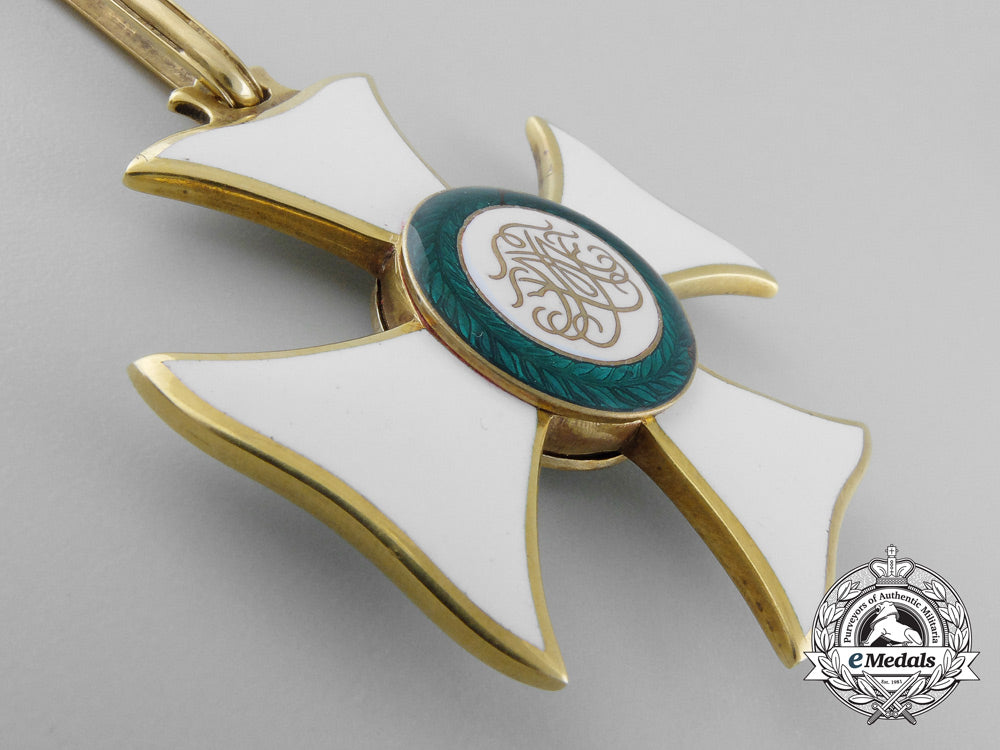
You May Also Like
Germany, SA. A Model 1933 Service Dagger, SA-Gruppe Nordsee, by Friedrich von der Kohlen
G59818
Germany, SA. A Model 1933 Service Dagger, SA-Gruppe Pommern, by Gustav Wirth
G59816
Germany, Third Reich. A Mixed Lot of Tyrolean Marksmanship Badges
G52930
Germany, SS. An Estonian Waffen-SS Volunteer’s Sleeve Shield
G50381
Germany, SS. A Waffen-SS Sturmmann Sleeve Insignia
G52846
-
Germany, SA. A Model 1933 Service Dagger, SA-Gruppe Nordsee, by Friedrich von der Kohlen
G59818
Add to CartRegular price $980 USDRegular price $0 USD Sale price $980 USDUnit price / per -
Germany, SA. A Model 1933 Service Dagger, SA-Gruppe Pommern, by Gustav Wirth
G59816
Add to CartRegular price $980 USDRegular price $0 USD Sale price $980 USDUnit price / per -
Germany, Third Reich. A Mixed Lot of Tyrolean Marksmanship Badges
G52930
Add to CartRegular price $135 USDRegular price $0 USD Sale price $135 USDUnit price / per -
Germany, SS. An Estonian Waffen-SS Volunteer’s Sleeve Shield
G50381
Add to CartRegular price $150 USDRegular price $0 USD Sale price $150 USDUnit price / per -
Germany, SS. A Waffen-SS Sturmmann Sleeve Insignia
G52846
Add to CartRegular price $135 USDRegular price $0 USD Sale price $135 USDUnit price / per
Do you have a similar item you are interested in selling?
Please complete the form and our client care representatives will contact you.
Sell Item
































